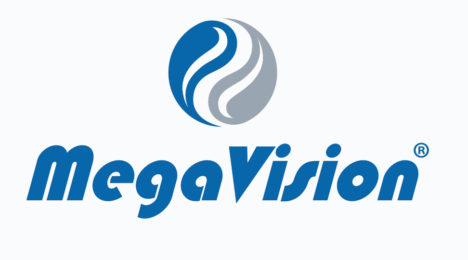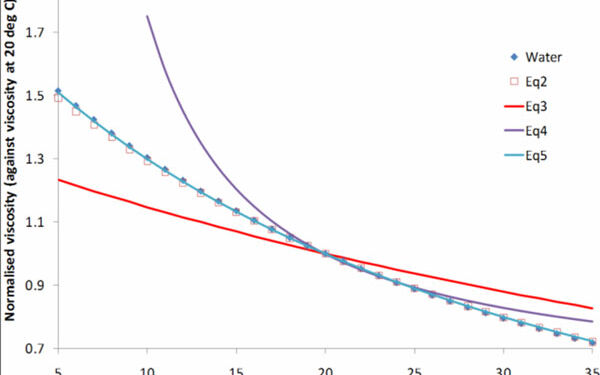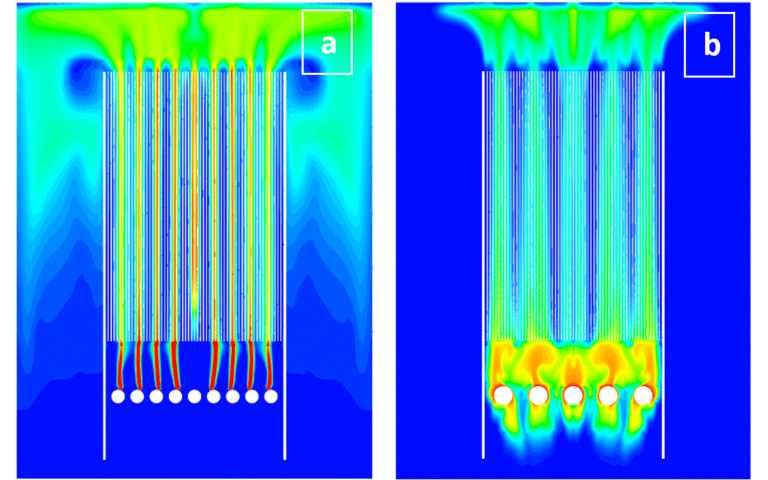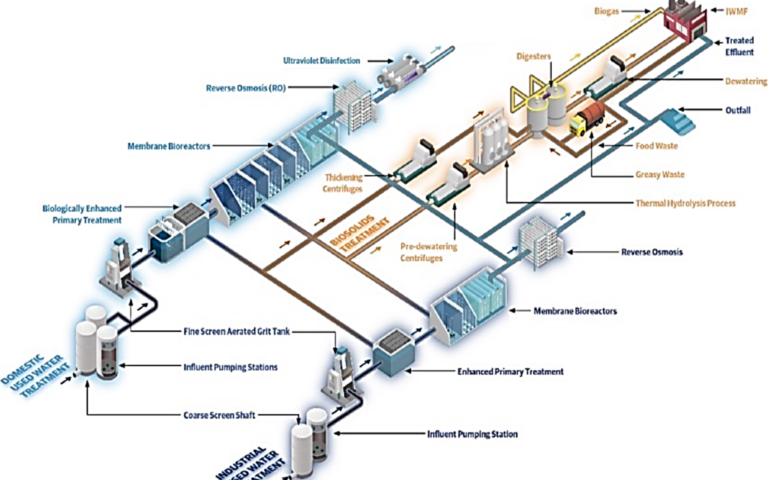Exploring the possibilities of MBR Modelling

Simon Judd has over 35 years’ post-doctorate experience in all aspects of water and wastewater treatment technology, both in academic and industrial R&D. He has (co-)authored six book titles and over 200 peer-reviewed publications in water and wastewater treatment.
It’s a model (and it’s looking good) ...
The age-old criticism of mathematical modellers is that have no concept of reality. There’s that classic joke about a millionaire racehorse owner who hired the services of a physician, a physiologist and a physicist to try and create the ultimate racehorse, asking each of them what they would individually contribute to the project.
The physician replied: 'I will apply the most cutting-edge advances in medicine and diet management to help sustain the horse’s well-being generally'.
The physiologist added: 'And I will supplement that with a look at the horse on an anatomical level to try and build its muscle and bone structure to achieve peak performance'.
And then they all turned to the physicist who frowned and said: 'Well, taking the horse as a sphere …'
This is, of course, very unfair on mathematical modellers. I have, in my time, had the pleasure of conversing with such people working on both biological and membrane separation processes and there can be little doubt that they have all demonstrated a keen interest in, and a degree of familiarity with, the practicalities of the technologies pertaining to their respective areas of interest.
If anything, the ignorance is in the other direction. For example, if one takes a process like reverse osmosis, most practitioners will understand the necessity of chemical dosing and cleaning to sustain performance. Some might be familiar with the use of the commercial software to design the process and identify appropriate chemical pretreatment. However, very few will have an understanding of equilibrium chemical thermodynamics and supersaturation, which underpins the formation of tenacious scales at the membrane:solution interface and can, to an extent, be modelled.
I mention this because there are plans afoot to form a task group, under the IWA umbrella, on MBR mathematical modelling and process control. This would seem to be a very worthy exercise. On a biological level, MBRs could be viewed as just an extension of the activated sludge process, the modelling of which dates back to the seminal work of George Ekama and his co-workers at the University of Cape Town (UCT) in the late 1970s.
The generally longer sludge ages and commensurately lower sludge yields, compared with the classical activated sludge (CAS) process, normally associated with the MBR technology may or may not have a significant impact on the biokinetic constants. Certainly, great strides appear to have been made in adapting the UCT model to allow the performance of MBRs, in terms of nitrification/denitrification and carbonaceous matter removal, to be represented with reasonable accuracy on a dynamic basis.
However, the impact of all of this on foulant generation, the formation of the cake layer on the membrane and the subsequent control of this layer is perhaps a little less well defined. There have been a bewilderingly large number of papers published in the peer-reviewed literature on foulant characterisation and filter cake architecture, with any number of expensive pieces of analytical equipment thrown at this issue.
However, the extent to which any of this can be used to actually improve the reliability of the MBR − essentially sustaining the membrane permeability without incurring unscheduled manual intervention − remains unclear. Within the practitioner community, there is still a reliance on heuristic information. Such cases work something like this: 'If Chemical A worked over there, it might work here − so let’s give it a go'. This would seem to be particularly true of foaming, where characterisation of the foam with reference to the filamentous microorganism responsible (and possibly a few of its villainous mates) is required. There are proprietary chemical reagents which have been developed for foaming abatement, but these seem to be employed on a hit-and-hope basis rather than any fundamental understanding of the underlying causes and thus most propitious ameliorative steps for addressing the foaming issue.
So, what of modelling, and is it going to help? Clearly, in common with so many other technical subjects, the gap between the practitioner and academic communities has to be bridged. The fine detail of perturbations/interruptions in MBR process operation (and, it has to be conceded, these are not exactly unheard of) need to be chronicled, crystallised and conveyed by the practitioners and then acknowledged and understood by the modellers.
By the same token, the true possibilities offered and constraints imposed by mathematical modelling and process control need to be fully understood by the practitioners − and perhaps in particular by the technology providers and developers − to maximise any possible beneficial impact.
And is any of this going to happen? Let’s wait and see: there’s a lot of potential stakeholders and it’s a big wide world (and, doubtless to the delight of the physicists, a spherical one).








